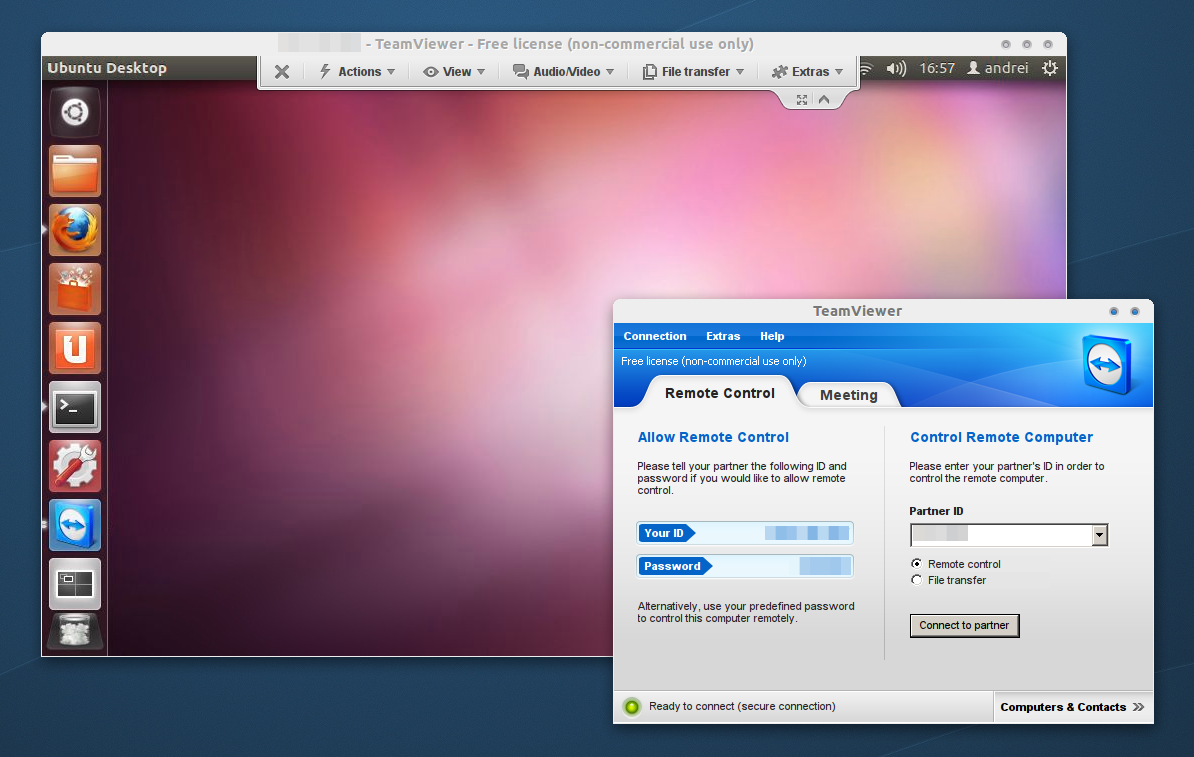
Rotation in degrees (0, 90, 180 or 270 degrees).ĪfterZoom An event that is fired after zooming the image in or out.Ī property that gets the amount of zoom inĪ property that returns if it was a ZoomInĪs with any UserControl, it is as easy as dragging it onto yourįorm.

Ranged between 1 and 30 FPS.Ī property to get or set the Image DisplayedĪ property to set the Physical path to an ImageĪ property to adjust the color used by theĪ property to enable or disable the Open buttonĪ property that returns the width of the imageĪ property that returns the height of the imageĪ property to enable or disable the PreviewĪ property to edit the text of the previewĪ property to enable or disable scrollbars.Ī property to adjust the color used by allĪ property to get or set the Image rotationĪ property to enable or disable to previewĪ property to get the amount of zoom in percent.Ī property to get the Original Size of theĪ property to get the Current Size of the Image.Īn event that is fired after rotating the image. Properties of the User Control AllowDropĪ property to enable or disable Drag and DropĪ property to get or set the Background ColorĪ property to enable or disable animationsĪ property to adjust the frames per secondįor the animations of *.gif files. Want to share my work with those who might be having this very same issue.

Inside of a panel, potentially good but it had its issues.

I have looked around and found solutions such as dragging PictureBoxes In, zoom out, rotate my images and best of all, not have to scale my images down Gap I experienced in displaying images on my forms. It does a lossless transformation of the image.The ImageViewer UserControl is something I created to fill in a The rotate function actually works for JPEG images only. This is done to avoid deleting images by mistake because there are no safety bells: If you ask fbi to delete the image, it will be deleted with‐ The delete function actually wants a capital letter D, thus you have to type Shift+d. Y Mirror image horizontally (left to right). X Mirror image vertically (top / bottom). You have to start fbi with the -e switch to use them. P Pause the slideshow (if started with -t, toggle).įbi also provides some very basic image editing facilities. Scrolling LEFT_ARROW, RIGHT_ARROW, UP_ARROW, DOWN_ARROW Pressing h while viewing a photo will bring up a list of keyboard commands you can use : The images will be auto-scaled : fbi -a -u -t 4 *.jpg Keyboard Controls Generally they are used between “fbi” and the image file name(s).įor example this will play a slideshow of all images in a random order with 4 seconds between each image. t sec Load next image after sec seconds without any keypress (i.e.slideshow). p Preserve timestamps (when editing images). v Be verbose: enable status line on the bottom of the screen. Here are some of the more useful command line options : -h Print usage info. This will cycle through all the images with an interval of 5 seconds. To create a slideshow you can use : fbi -a -t 5 *.jpg The PageUp/PageDown keys can be used to cycle through the images selected by the “*.jpg” filter.

To display all the images in the current directory use the following command : fbi -a *.jpg To display a single image with the “auto-zoom” option use : fbi -a myphoto.jpg
Imageviewer linux install#
To install fim use the following commands : sudo apt-get update PhotoCD, jpeg, ppm, gif, tiff, xwd, bmp, png and webp formats are supported natively. It doesn’t have the ascii art capability of fim but is useful for images and slideshows.įbi displays the specified file(s) on the linux console using the framebuffer device. Instead you can use the utility that it was based on called “fbi”. Previously I had recommended using “fim” to display images on the command line but this is no longer available from the Raspbian repository. There maybe times when you want to view a photo from the Raspbian command line.


 0 kommentar(er)
0 kommentar(er)
